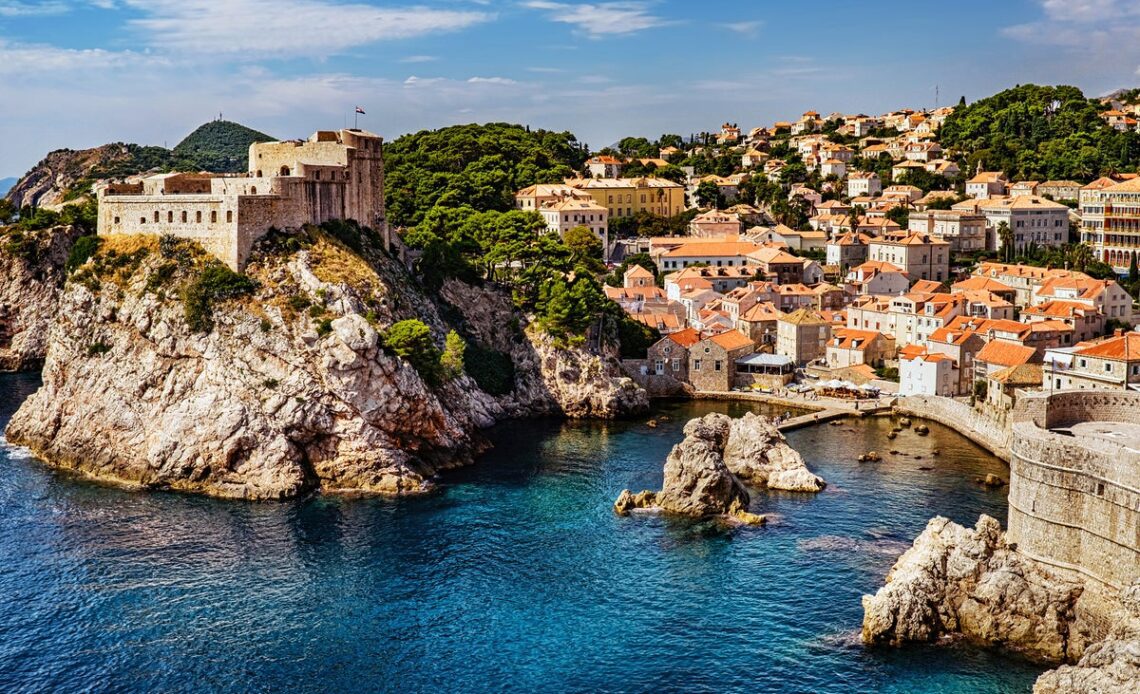The allure of Croatia’s glittering Adriatic coast and its 1,200-plus islands is irresistible. Sometimes it’s hard to take in the extraordinary beauty of the Venetian towns along the Istrian and Dalmatian coast, with a few elegant Habsburg resorts to add to the visual display. Countless beaches are squeezed into tiny coves and sweeping bays, while Croatia’s hinterland is sheer drama, its karst mountain ranges cut through with canyons, waterfalls and sparkling rivers.
Current travel restrictions and entry requirements
Croatia dropped all its entry requirements, so there is no need to show proof of vaccination or a negative Covid test. It’s no longer mandatory to wear a face mask in an indoor or outdoor setting, apart from a healthcare facility, although it’s still recommended for large gatherings.
Best time to go
Croatia kicks off its season early with February carnivals in Rijeka and Dubrovnik, before picking up speed at Easter. By spring the weather is already pleasant – an excellent time for relaxed city breaks and hiking in national parks surrounded by spring blossom. July and August bring out the major dance and cultural festivals, as well as big crowds and soaring temperatures. September is one of the loveliest times to visit, when the events calendar is still going strong and summer weather lingers. October is beautifully mellow, with astonishing leaf colours and a still-warm Adriatic Sea. Come at Christmas for Zagreb’s superb Advent market.
Top regions and cities
Dubrovnik and islands
Dubrovnik usually tops everyone’s wish list, and with good reason. Its beauty is otherworldly, with medieval and Renaissance walls circling shiny marble streets of creamy Dalmatian stone houses and baroque palaces. But when high-season crowds make it difficult to explore the Old Town’s car-free lanes, hop on the 10-minute boat shuttle to the tiny island of Lokrum for a picnic and a swim. Or take a boat trip to the Elaphiti islands of Koločep, Lopud and Šipan, wonderfully lazy places of sleepy villages and beaches.
Split and islands
It’s hard not to feel a sense of wonder when you’re sitting in a café in Split’s Old Town and realising you’re surrounded by ruins of the 2nd-century Diocletian’s Palace, colonised by shops, cafés and apartments centuries ago. After strolling along the Riva waterfront and checking out the beaches, many visitors use Split as the jumping-off point for central Dalmatia’s enticing islands: laid-back Šolta, beautiful…
Click Here to Read the Full Original Article at The Independent Travel…
